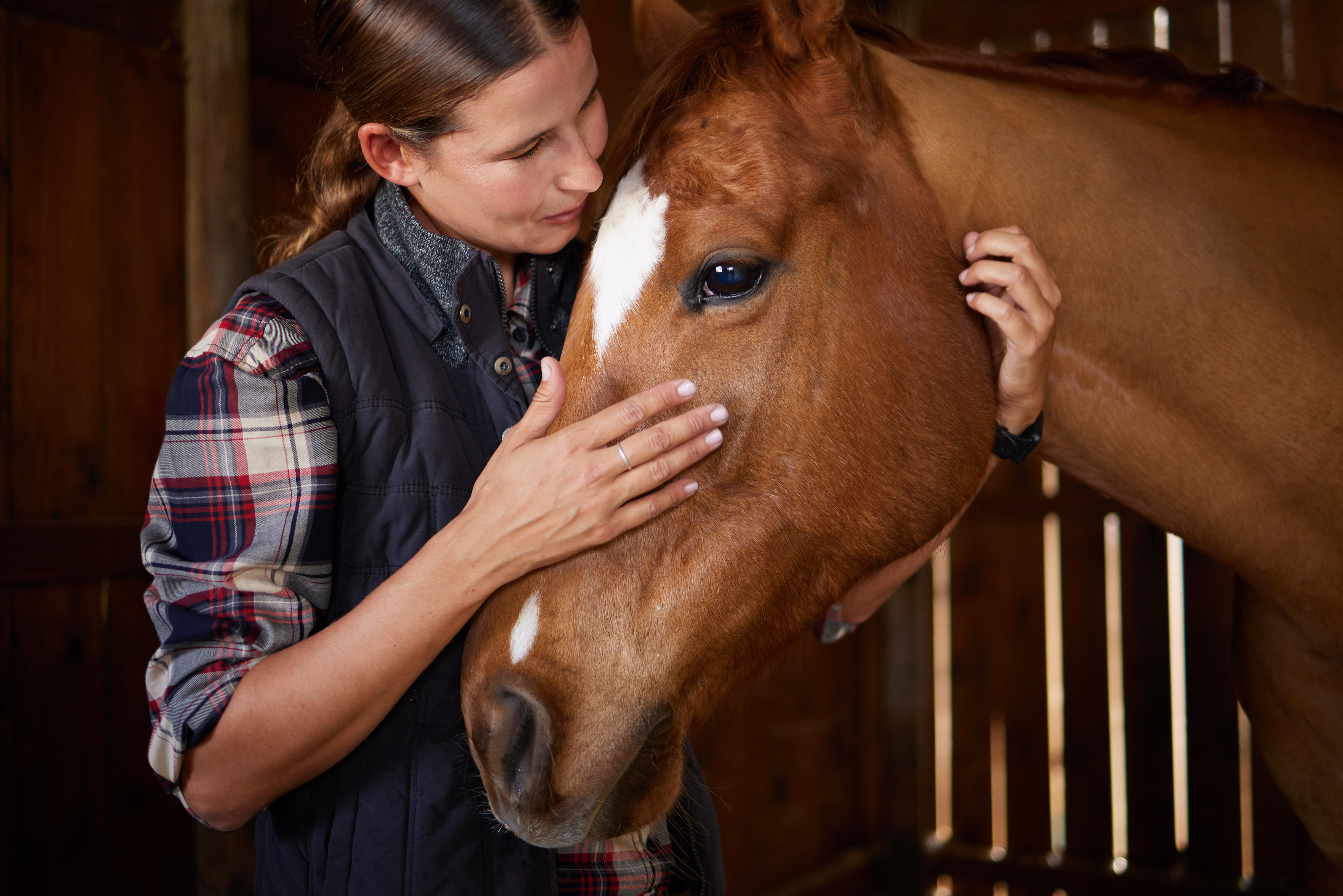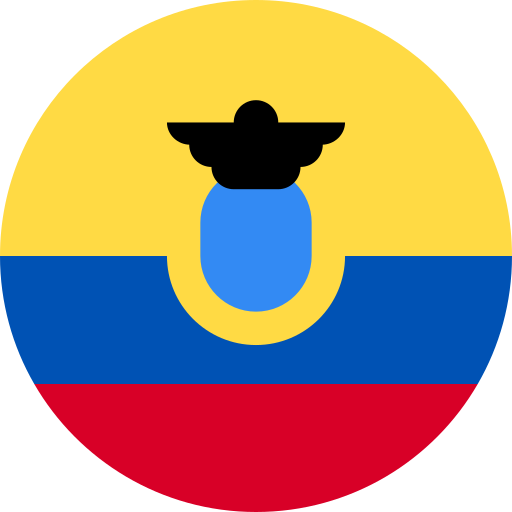Disease Overview
Equine influenza virus (EIV) is one of the most common and contagious infectious upper respiratory diseases in horses. Endemic in the United States equine population, EIV spreads rapidly, with clinical signs appearing 24 to 72 hours after exposure. A coughing horse can propel equine influenza virus more than 50 yards and shed virus for seven to 10 days following infection. The virus causes damage to the lining of the trachea so rest during the recovery period is beneficial to avoid secondary pneumonia.
Merck Animal Health Solutions
PRESTIGE® 2
For the vaccination of healthy horses 6 months or older against equine influenza, equine herpesvirus type 1 and equine herpesvirus type 4.
PRESTIGE® 4
For the vaccination of healthy horses 6 months or older against Eastern and Western encephalomyelitis, equine influenza virus and tetanus.
PRESTIGE® 5
For the vaccination of healthy horses 6 months or older against EEE and WEE viruses, EIV, EHV-1, EHV-4, and tetanus.
PRESTIGE® 5 + WNV
For the vaccination of healthy horses 6 months or older against EEE and WEE viruses, EIV, EHV-1, EHV-4, tetanus and West Nile Virus.
FLU AVERT® I.N.
FluAvert® I.N. is an effective, proven safe intranasal vaccine for equine influenza virus. Learn how it can help your horse.
Transmission Parasite Life Cycle
EIV spreads directly in aerosolized droplets dispersed by coughing or direct contact (nose-to-nose). It spreads indirectly through fomite transmission—hands, clothing, vehicles and trailers, stalls, and common-use articles such as brushes, buckets and bits can all spread EIV.
Clinical Signs
Infection affects the central nervous system.
- Fever (>101.5° F)
- Edema
- Enlarged lymph nodes
- Frequent dry cough
- Nasal discharge
- Lethargy
- Lack of appetite
- Possible secondary bacterial pneumonia
Risk Factors
- Travel
- Contact with other horses, especially in large numbers
- Exposure to horses that have traveled
- Compromised or immature immune system
- Equine flu season typically peaks from December to April but disease can occur any time of year
References
“Equine Influenza,” American Association of Equine Practitioners, copyright 2020, aaep.org/guidelines/vaccination-guidelines/risk-based-vaccination-guidelines/equine-influenza.
“Equine Influenza Quick Facts,” Merck Animal Health, copyright 2020, www.merck-animal-health-equine.com/styles/images/programs/EIV_Infographic.pdf.
Infectious Upper Respiratory Disease Surveillance Program. Merck Animal Health and University of California, Davis, School of Veterinary Medicine (Nicola Pusterla). Ongoing research 2008-present.




 Go To United States
Go To United States Algeria
Algeria Argentina
Argentina Australia
Australia Austria
Austria Bahrain
Bahrain Belgium (Dutch)
Belgium (Dutch) Brazil
Brazil Canada (English)
Canada (English) Chile
Chile Colombia
Colombia Croatia
Croatia Czech Republic
Czech Republic Denmark
Denmark Ecuador
Ecuador Egypt
Egypt Finland
Finland France
France Germany
Germany Greece
Greece Hungary
Hungary India
India Indonesia
Indonesia Iraq
Iraq Ireland
Ireland Israel
Israel Italy
Italy Japan
Japan Jordan
Jordan Kuwait
Kuwait Lebanon
Lebanon Malaysia
Malaysia Mexico
Mexico Morocco
Morocco Netherlands
Netherlands New Zealand
New Zealand Norway
Norway Oman
Oman Panama
Panama Peru
Peru Philippines
Philippines Poland
Poland Portugal
Portugal Qatar
Qatar Romania
Romania Russian Federation
Russian Federation Saudi Arabia
Saudi Arabia South Africa
South Africa South Korea
South Korea Spain
Spain Sweden
Sweden Switzerland (French)
Switzerland (French) Taiwan
Taiwan Thailand
Thailand Tunisia
Tunisia Turkey
Turkey Ukraine
Ukraine United Arab Emirates
United Arab Emirates United Kingdom
United Kingdom Uruguay
Uruguay Yemen
Yemen Global
Global